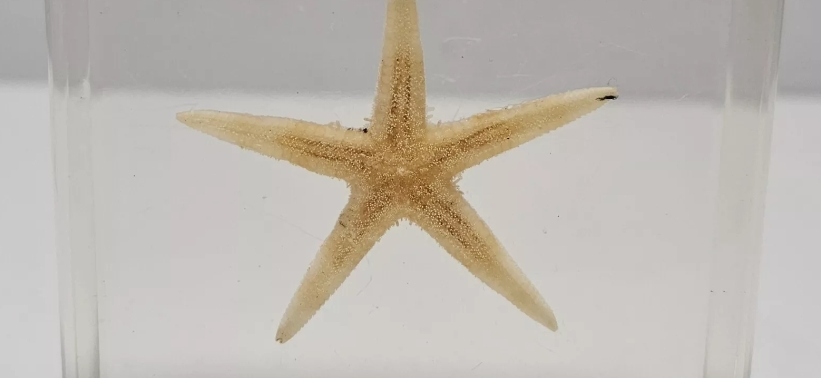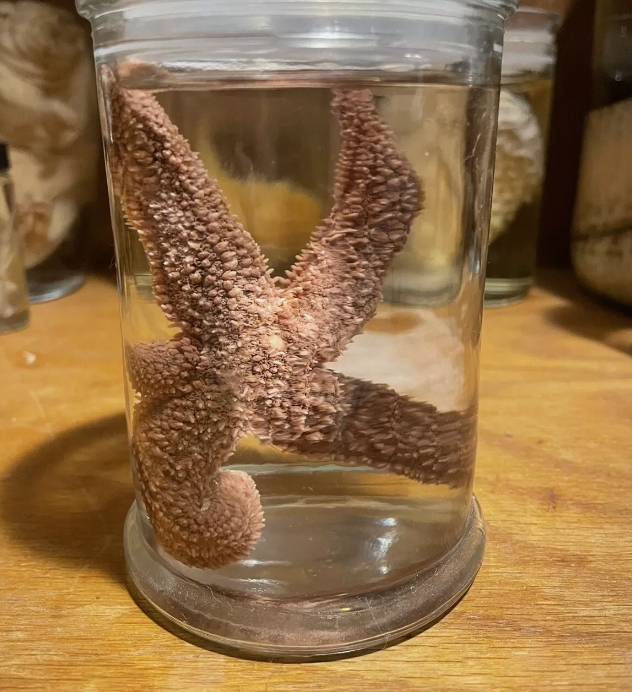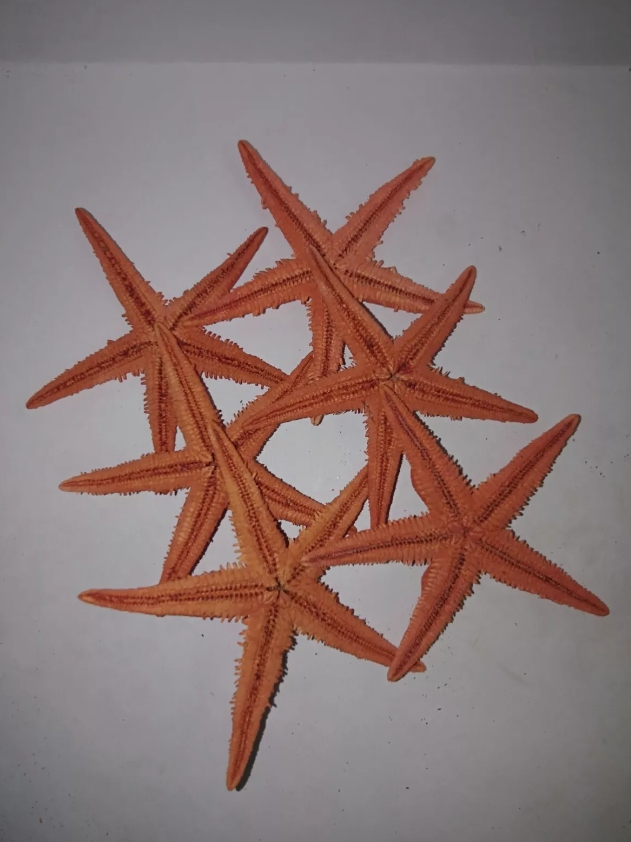The starfish is a kind of invertebrate commonly found in the ocean and is known for its unique morphological and physiological characteristics. The body of a starfish is usually radially symmetrical, with a large circular trunk at the center and five or more tentacles extending around it, which are called "arms." Starfish come in a variety of colors and textures, from vivid reds and oranges to quiet blues and purples, highlighting their diversity in nature.
The outer structure of the starfish is covered with a hard calcareous exoskeleton, which not only provides protection, but also gives it a unique touch. The insides of the tentacles have tiny foot tube systems that allow the starfish to move around the seafloor and catch prey. Starfish mainly feed on shellfish, small crustaceans and carrion, and digest the flesh of prey through their special digestive system, and then absorb the nutrients.
The sea star's ability to regenerate is one of its most striking properties. After being preyed upon or injured,starfish are able to regenerate lost arms,and some species are able to regenerate new individuals from these arms. This remarkable regeneration mechanism has made the starfish a niche in the ecosystem and an important object for the study of regeneration biology.
In scientific research, the collection and preservation of starfish specimens is of great significance. The specimens not only provide a close look at their morphology and structure,but also provide essential data for the study of ecology and biodiversity. By analyzing these specimens,scientists can gain insight into the life habits,habitats and roles of starfish in Marine ecosystems.
In short,starfish specimens are not only a gift of nature,but also the key to scientific exploration. Whether in the classroom or in the laboratory,specimens of starfish have irreplaceable value in cultivating a love and understanding of Marine life.




